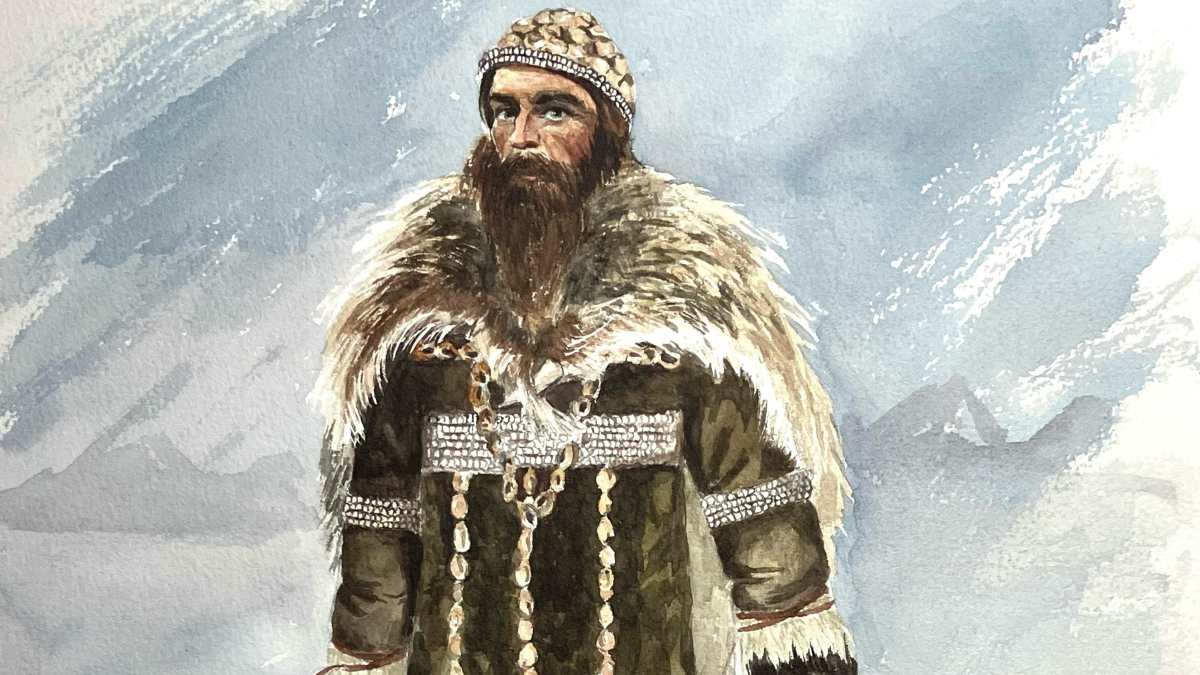What’s the difference between wearing clothing for protection, and wearing it for fashion? At what point did humans start thinking about the social value of their garments? When did dress become a part of culture as opposed to protection from the elements?
According to Dr Ian Gilligan, an archaeologist at the University of Sydney, the answer lies with “eyed needles” which enabled sewing of more delicate structures.
“What intrigues me is: at what point, and why, did clothing become a social or cultural necessity?” Gilligan tells Cosmos.
“We wear clothes routinely. It’s almost part of being human in our society. But when you look at other cultures – particularly, say, Indigenous Australian cultures – you realise that people didn’t need clothing to function in society.”
Gilligan is the lead author on a review paper in Science Advances that argues eyed needles, which emerged in the Palaeolithic era about 40,000 years ago, are a signal that clothing had become about more than just keeping warm.
“We used to associate eyed needles with tailored clothing, but now we know that there are other tools, like bone awls and burins, that were perfectly adequate for the purpose of tailoring fitted garments during the last ice age,” says Gilligan.
“So that raises the question, given that eyed needles are very delicate and difficult tools to manufacture: why did people invent eyed needles, if it wasn’t to tailor clothing?”
Bone awls – bones that have been sharpened to a point – are found at much older sites than eyed needles. Gilligan says that the first bone awls appeared in modern-day Africa roughly 80,000 years ago, while eyed needles first appeared in Siberia 40,000 years ago.
“To use a bone awl in sewing, there are two processes involved. There’s the piercing of the hide with the awl, and then there’s the threading of a sinew thread through that hole,” says Gilligan.
“An eyed needle combines those two functions into one, so it makes sewing more delicate. Sewing becomes more viable, and sewing becomes more efficient. So more sewing is required to make more advanced clothing and multiple layers, and also to decorate clothes.
“Eyed needles became an adaptive technology under the pressure of needing more complex clothes and needing to decorate clothes.”
The researchers outline two possible, linked, theories for the development of eyed needles.
“One is that during the colder part of the last ice age from around 40,000 years ago, as the climate got even colder, thicker clothing alone probably wasn’t sufficient for thermal insulation – multiple layers were required,” says Gilligan.
“So we have the invention of underwear, which would have required finer sewing. That’s one of the functions of eyed needles, they allow for finer and more efficient sewing.
“The other possibility is that eyed needles were very useful for decorating clothes with beads and shells. We know that pierced shells begin to appear from around 100,000 years ago in the cooler parts of Africa, and we know that by 30-40,000 years ago, people were decorating their garments with pierced beads.”
The burial site of Sunghir, near Moscow, is an example of this, where beads are arranged in a way that suggests they were attached to fitted garments.
Gilligan believes that while colder conditions drove tailoring for warmth, they also drove tailoring for cultural reasons.
“In many non-industrialised societies, people decorate their bodies with body painting and scarification and tattooing. They don’t rely on clothes as decoration or a social signalling.
“In the latter part of the last ice age, from around 40,000 years ago, people in mid-latitude Eurasia were enduring climatic conditions that were so cold that they needed to cover themselves with clothes almost continuously.
“In those circumstances, decorating the unclad body becomes very awkward, even dangerous. […] So that necessary social function of display had to be transferred from the surface of the human skin onto the surface of clothing.”
Gilligan is now interested in pursuing ethnographic work to understand the psychological and social role that clothing plays.
“Clothing is our main form of social display. It’s our main form of fashion,” he says.
“Clothing, also by definition, is a covering of the human body. That means that it acts as an artificial barrier between us and our surroundings. So I’m looking at the likely psychological effects of routinely covering our bodies.”

